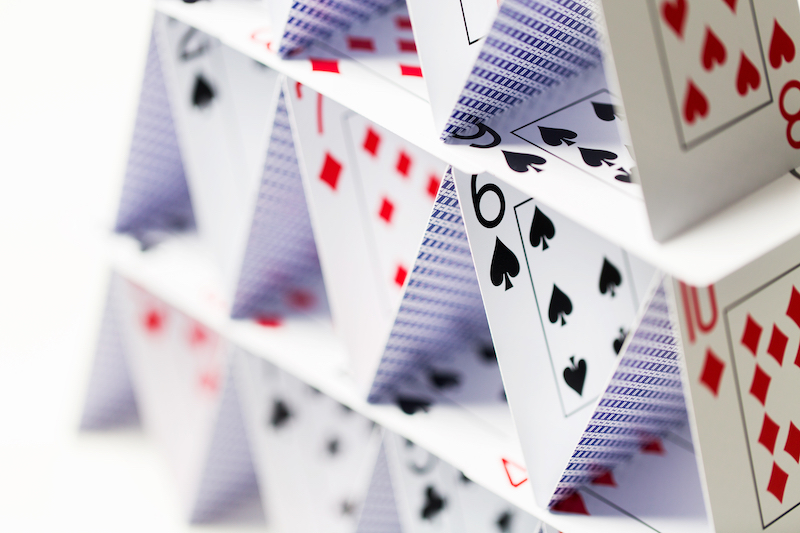With All Due Respect: Do we need an art world #metoo moment?
In this first installment of a regular feature in which we aim to speak truth to power, we start the conversation on the necessity of an Australian and New Zealand art world #metoo movement.
Words: Carrie Miller
THE #METOO MOVEMENT has swept through the misogynist halls of culture like a bushfire in dry heat. Internationally celebrated and revered powerhouses of the entertainment industry such as Harvey Weinstein and Bill Cosby have been exposed as rapists. Even the international art world (which has seen relatively few casualties of this global movement) is beginning to shine a spotlight into its darker corners.
In the context of the Australian art world, it is an open secret that there is a clutch of men in powerful positions – serial offenders with a common pattern of behaviour – who have sexually harassed vulnerable young women whose careers largely depend on these men. Ask some of Australia’s leading female arts professionals and they will tell you of hearing “credible stories” about a well-known artist “hassling gallery staff and another artist on a residency”, a senior curator being known as a “serial arse slapper”, and an academic tenured at a leading art school “having form” for abusing his power through “persistent sexual misconduct” with undergraduate students.
So why hasn’t there been a systematic public effort to “drain the swamp” of men’s bad behaviour, as film critic Cameron Williams puts it? Does the Australian art world need a #metoo moment?
High-ranking women in the Australian art world, who publicly identify as feminists, speculate on a variety of reasons for the lack of movement. One points to the fact that “women dominate the art world for the most part … maybe not the top gigs, but the second-tier executive and worker-bee levels” as a protective factor. She considers herself fortunate that she hasn’t personally experienced overt sexism and harassment. As she explains it: “My own experience has been mostly pretty great (only a handful of low-level experiences stand out) and that’s down to most of my bosses being great (female) mentors to me.”
Another thinks the real issue is that art is fundamentally based in a misogynist worldview. As she says: “Women are objects to be looked at and objectified – the artworld knows this – while men are the authors of their genius destiny.”
It is also simply that “a big case just hasn’t dropped yet, which would make other women feel comfortable about coming forward or telling their stories”. It’s certainly the case that, while it’s common knowledge that there are men in the Australian art world who have abused their power, this is “second-hand knowledge” until someone is able to speak to their experiences directly.
A complicating factor that is acknowledged by many women in the arts is the fact that there is no bright line between the professional and the social as there is in most other professions. People go to openings and talk shop; it’s where an emerging artist might get on the radar of a senior curator by being charming; attractions spark and romantic relationships are sometimes formed.
Sexual misconduct exists in a grey zone – this is why people who are harassed and assaulted in these contexts feel so confused and tend to blame themselves – and this blurring of professional and personal boundaries provides the perfect environment in which ugly but ambiguous behaviour can thrive. And this all takes place in the context of a drinking culture that further muddies the ethical waters.
It is a sad indictment of the Australian art world that one high-ranking female arts professional describes it as “amazing” that she has never been sexually harassed. It is simply horrific that another candidly reports hearing stories of “rape, sexual abuse, sexist verbal abuse, violence, and inappropriate sex/power relationships in the workplace”.
There is enough kindling to light a #metoo fire in the Australian art world and burn down the careers of powerful individuals, if not powerful institutions. As one of the nation’s leading curators puts it: “I do know of people who have used their power in appalling ways, and I imagine they might be feeling a bit anxious.”
This article originally appeared in Art Collector issue 88, APR – JUN 2019.







